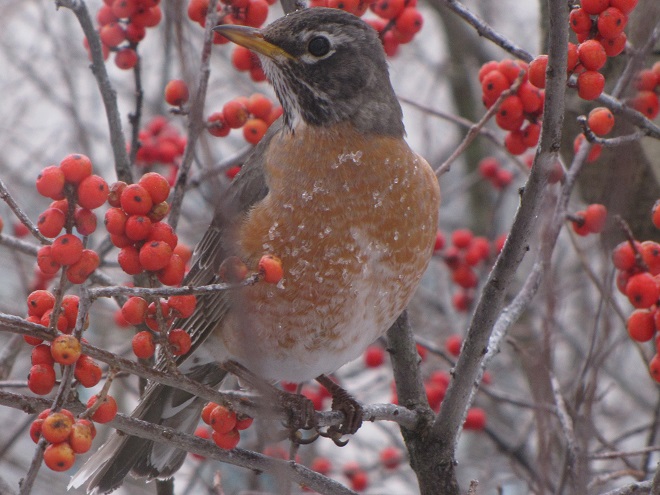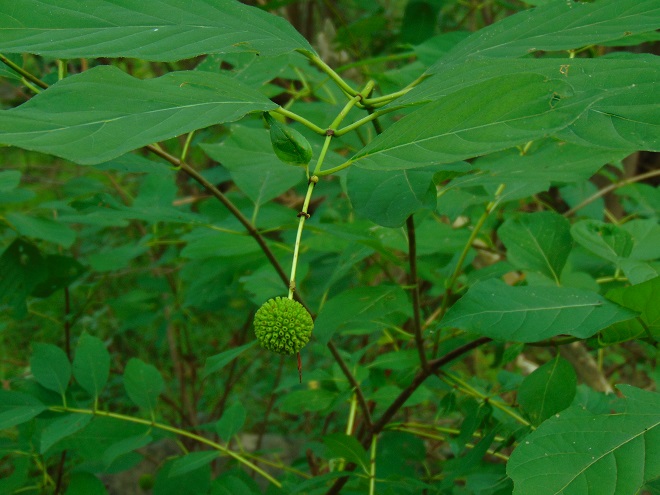Where should you go this weekend to see vibrantly colored foliage in our region? Where are there eye-popping displays of reds, oranges, yellows, and greens without so much brown and gray? The answer is Michaux State Forest on South Mountain in Adams, Cumberland, and Franklin Counties.
South Mountain is the northern extension of the Blue Ridge Section of the Ridge and Valley Province in Pennsylvania. Michaux State Forest includes much of the wooded land on South Mountain. Within or adjacent to its borders are located four state parks: King’s Gap Environmental Education Center, Pine Grove Furnace State Park, Caledonia State Park, and Mont Alto State Park. The vast network of trails on these state lands includes the Appalachian Trail, which remains in the mountainous Blue Ridge Section all the way to its southern terminus in Georgia.

If you want a closeup look at the many species of trees found in Michaux State Forest, and you want them to be labeled so you know what they are, a stop at the Pennsylvania State University’s Mont Alto arboretum is a must. Located next door to Mont Alto State Park along PA 233, the Arboretum at Penn State Mont Alto covers the entire campus. Planting began on Arbor Day in 1905 shortly after establishment of the Pennsylvania State Forest Academy at the site in 1903. Back then, the state’s “forests” were in the process of regeneration after nineteenth-century clear cutting. These harvests balded the landscape and left behind the combustible waste which fueled the frequent wildfires that plagued reforestation efforts for more than half a century. The academy educated future foresters on the skills needed to regrow and manage the state’s woodlands.
Online resources can help you plan your visit to the Arboretum at Penn State Mont Alto. More than 800 trees on the campus are numbered with small blue tags. The “List of arboretum trees by Tag Number” can be downloaded to tell you the species or variety of each. The interactive map provides the locations of individual trees plotted by tag number while the Grove Map displays the locations of groups of trees on the campus categorized by region of origin. A Founder’s Tree Map will help you find some of the oldest specimens in the collection and a Commemorative Tree Map will help you find dedicated trees. There is also a species list of the common and scientific tree names.
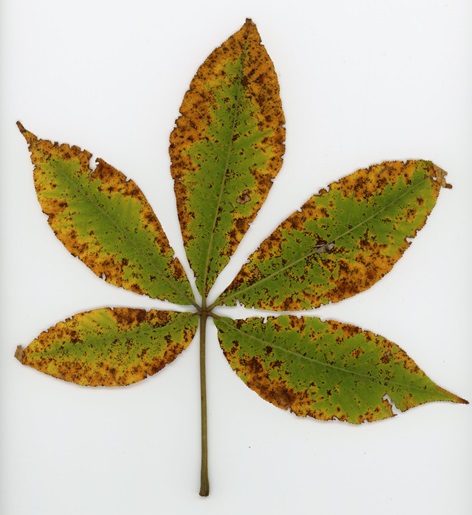

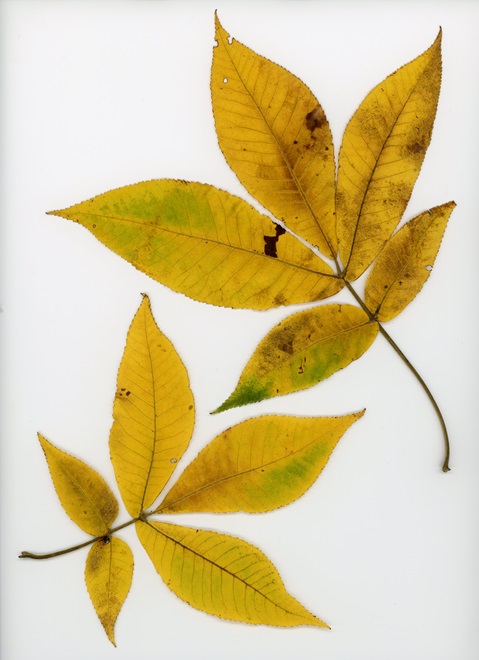


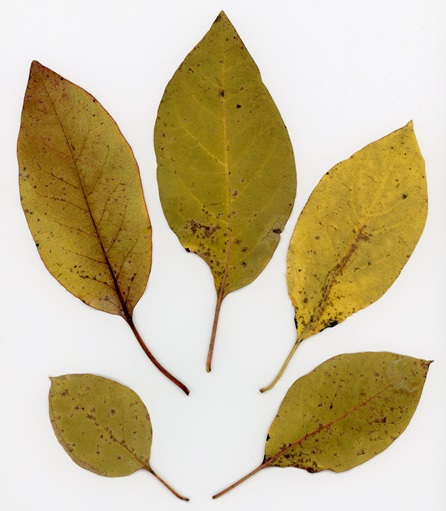
The autumn leaves will be falling fast, so make it a point this weekend to check out the show on South Mountain.






